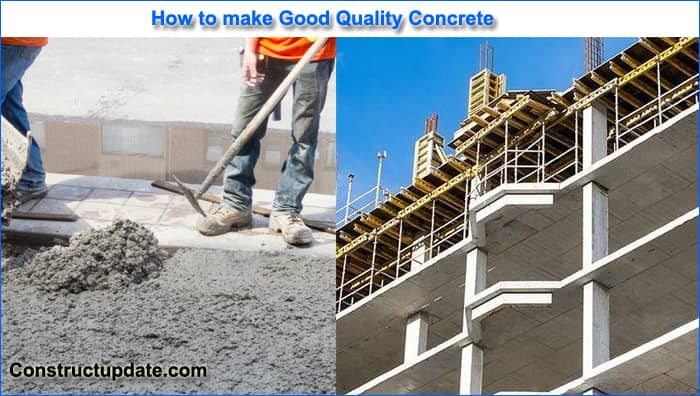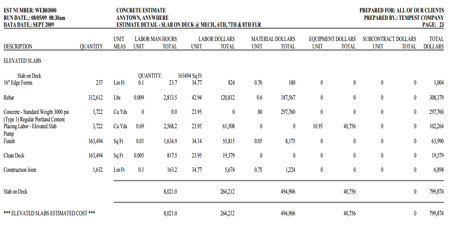Good Quality Concrete Requirements, How to Produce High-Quality Concrete
The quality of concrete is influenced by a wide range of elements. We wish to assist you in creating high-quality concrete surfaces free of aesthetic problems including surface voids, deviations in your concrete caused by adhering concrete, concrete stains, and dusting concrete.
The workability and aesthetics both increase when the quality of the concrete surface is high. Given the fierce competition in the manufacture of concrete, this is quite important. Concrete companies need to stand out from the competition by providing more than just profit-making pricing. At this point, the aesthetic value of concrete components started to matter more.
I’ll go through typical issues that arise with concrete surfaces in this essay, along with how they manifest.
Common issues that degrade the quality of the concrete’s surface

We must understand what influences concrete quality in order to learn how to produce high-quality concrete. As a release agent business, we concentrate on how the quality of the concrete surface can be impacted when being released. When removing concrete from moulds and formwork, the following issues could arise:
Surface voids
During the releasing process, small holes that impact the concrete surface of your concrete elements may appear. Although the overall strength is unaffected, the concrete’s outcomes are unsightly from an aesthetic standpoint.
Several things can cause surface gaps, but the type of release agent or evaporated water is one of them. Puddles form in the mould when the release agent is not utilised properly or it is of poor quality. Due to the concrete’s inability to fill this portion of the mould, voids result. A similar thing occurs when the ratio of water to cement is too high, resulting in water puddles in the mould. The mould can also trap normal air, which can result in air bubbles that are larger than typical vacancies.
Dust on moulds
Dust left behind by concrete that has a high degree of brittleness can be harmful to moulds. When the surface is porous, which can happen when water and a release agent are applied incorrectly, a coating of dust forms on the surface. Additionally, improper concrete drying might leave dust on the utilised moulds.
Concrete stains
The appearance of your concrete surface is affected by any stains or discolorations on your concrete. that doesn’t appear polished and professional, and most of the time that is not what is wanted.
Concrete stains can happen when one batch of concrete mix is different from subsequent batches when numerous different types of components are used to make the concrete mix. Discoloration can already be brought on by the smallest variation in composition. Additionally, the excess of water during the mixing process increases the likelihood of surface discoloration in your concrete.
The third potential reason for concrete stains is the use of calcium chloride, which is employed to quicken the concrete’s curing process. This, however, leaves behind unwelcome black concrete streaks. The employment of a releasing agent is last but not least. After the de-moulding process, oil stains will be left behind if release agents are either too oily or are not administered properly.
Sticking concrete
Concrete can become damaged by sticking, which happens when it sticks to the mould due to insufficient release agent treatment. Once rendered useless, the concrete must be demolished. Additionally, mould is impacted by sticky concrete and requires thorough cleaning.
Sticking is caused by the use of low-quality release agents, intense vibration of the concrete at a particular area, incorrect concrete pouring into the mould (all is poured at one spot), and inadequate concrete drying processes.
Corrosion on moulds
Concrete can become stained from corrosion on moulds, lowering the concrete’s physical quality. Materials added to the concrete mix may cause the moulds to corrode, causing rust streaks and mould growth that affects the concrete.
How to produce good quality concrete?
Understanding the factors that affect the concrete surface quality is crucial if you want smooth concrete surfaces. We have already covered the problems that lead to a decline in quality in this blog, as well as how this affects the quality of the concrete.





